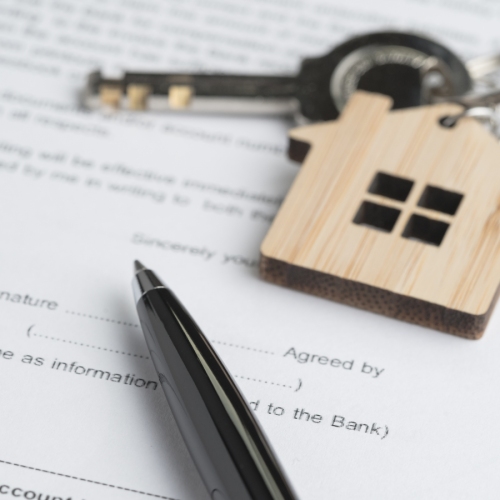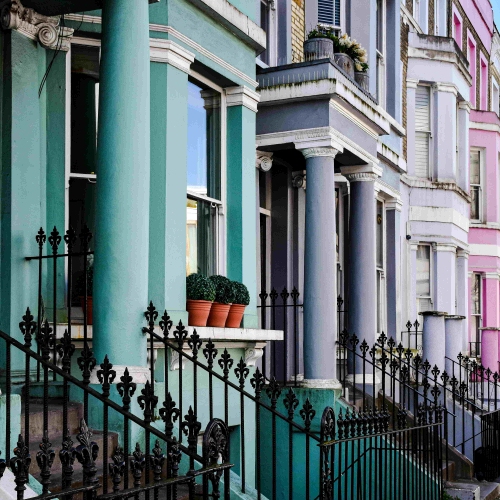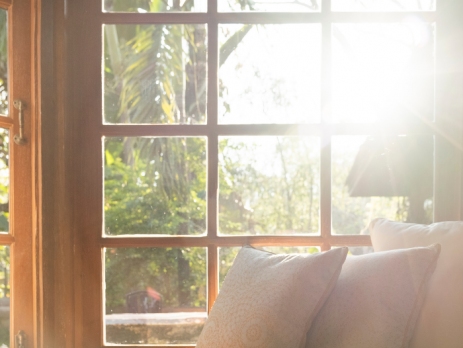What is a right to light?
A right to light is a type of easement, which a right benefitting land (known as ‘dominant land’) over neighbouring land (known as ‘servient land’). A classic example of an easement is a right of way over a neighbour’s land, and the same principle applies to right to light
If your property benefits from a right to light, you can prevent the neighbour interfering with that (such as by building something on their own land which would obstruct the light).
Only buildings have a right to light – and in particular ‘apertures’ such as windows or doors. Open land does not have a right – and the right to light does not guarantee you a nice view or privacy.
A right to light is only the right to use the room(s) for their usual purpose with sufficient illumination. It is not a right to direct sunlight. Some infringement might be allowed – what you would need to show is that the infringement amounts to a nuisance and has caused a substantial interference with the reasonable enjoyment of the property. A specialist right to light surveyor will be able to produce a report which calculates the loss of light.
What if my right to light has been infringed?
If you have a right to light and that right has been infringed, then you can apply to court for an injunction to either prevent the neighbouring development being built, or, if it has already been built, for it to be pulled down or reduced in size, although this is not always guaranteed. Damages (financial compensation) may be awarded instead of an injunction, depending on the facts of each case and the conduct of the parties. Damages might be a proportion of the development profit and therefore could be sizeable.
Litigation is expensive, risky, and stressful, and should always be a last resort. The parties should therefore try and negotiate an acceptable resolution.
However, if that cannot be achieved, then litigation is the only way to protect your rights.





